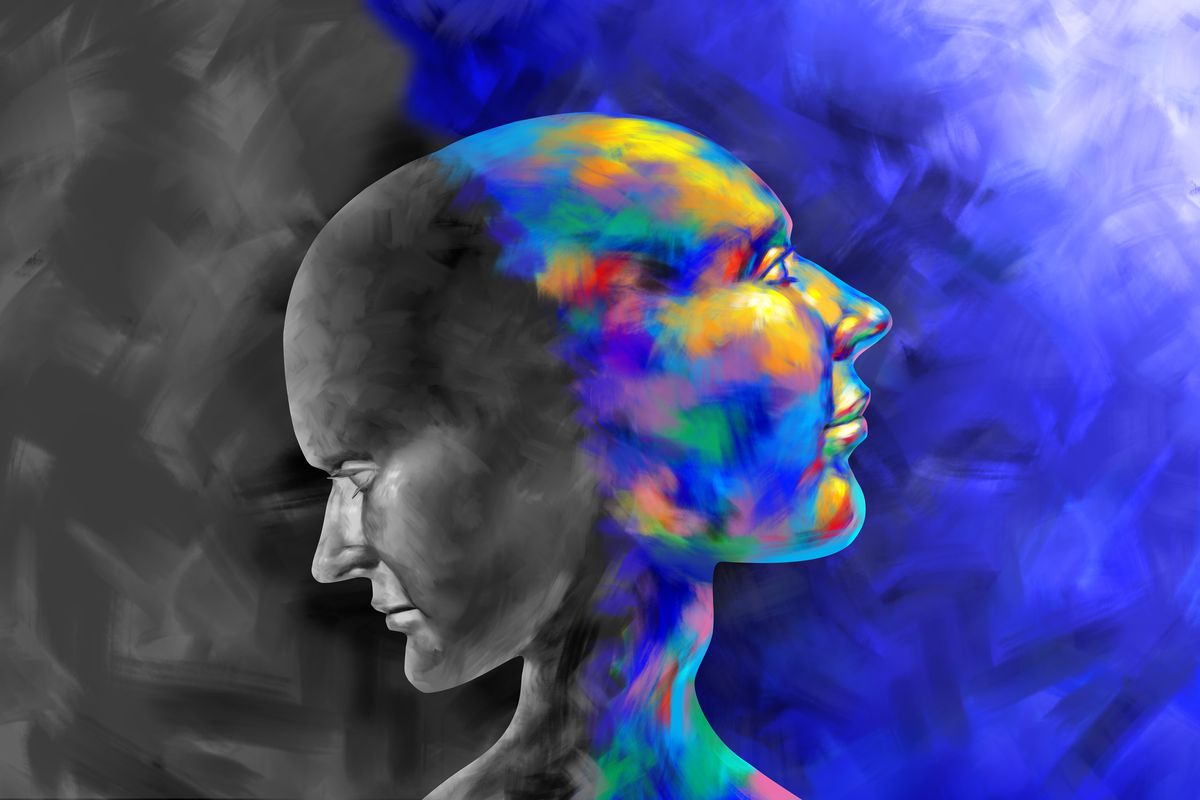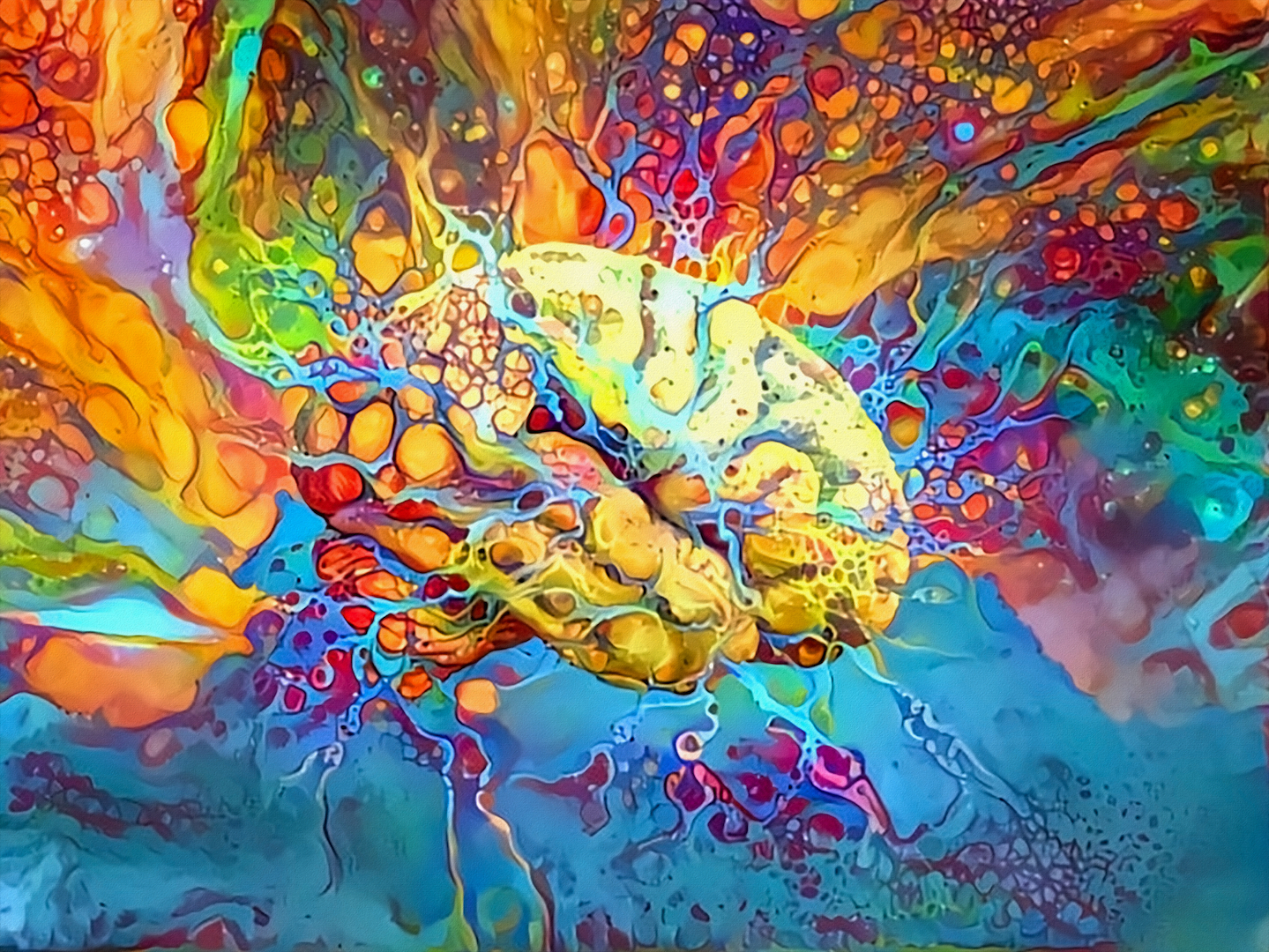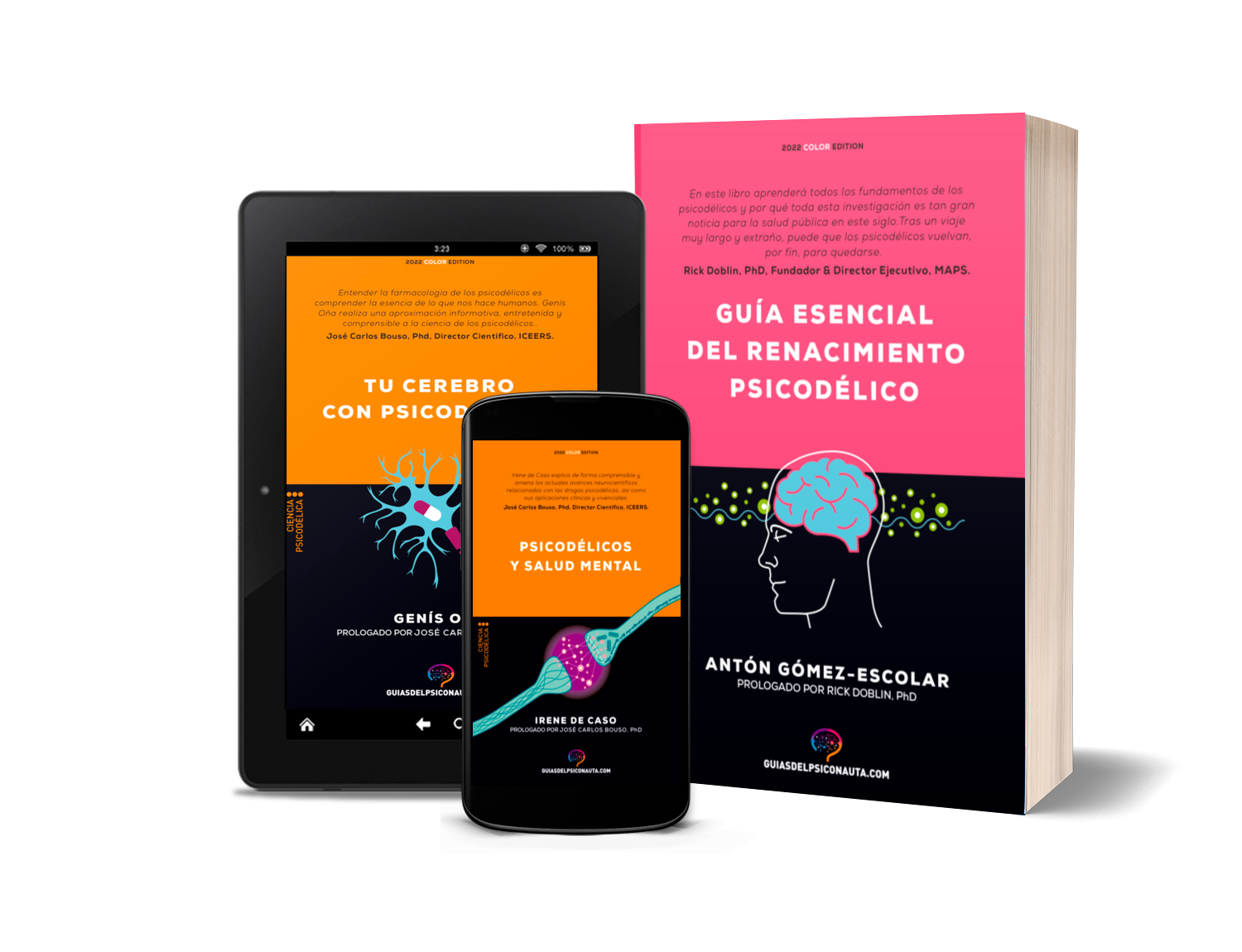By Gabriel García May 8, 2024
Recent research reported by Double Blind Mag has uncovered significant findings that could reshape the landscape of psychedelic-assisted therapy. A study published in the journal Molecular Psychology suggests that a full-spectrum extract of psychedelic mushrooms offers more potent and prolonged therapeutic effects than isolated psilocybin, the main active compound traditionally studied in clinical settings.
The study and its implications
The research team, comprising experts from institutions such as the Hadassah Medical Center of the Hebrew University of Jerusalem and Boston-based Human Metabolome Technologies, focused on comparing the effects of full-spectrum psychedelic mushroom extract (PME) and chemically synthesised psilocybin (PSIL). The full-spectrum extract includes a variety of compounds found in psychedelic mushrooms, such as psilocin, norpsilocin, baeocystin, norbaeocystin and aerugeniscin, which may contribute to what is known as the ‘entourage effect’.
The entourage effect, a term borrowed from cannabis research, refers to the synergistic interaction between multiple compounds in a plant, leading to enhanced therapeutic effects. The study results suggest that similar interactions in psychedelic mushrooms may be crucial to their full therapeutic potential.

Main results
The study involved injecting adult male mice with either synthesised psilocybin or a full-spectrum mushroom extract. The researchers measured the effects on synaptic plasticity - a key factor in the therapeutic benefits of psychedelics - by examining behaviour and brain tissue samples three and 11 days after treatment.
Interestingly, although both treatments induced similar acute behavioural responses, the full-spectrum extract had a more significant impact on synaptic protein levels in four brain regions. This suggests that PME may promote greater neuroplasticity than PSIL alone.
Furthermore, eleven days after treatment, metabolic changes in the prefrontal cortex were more pronounced with the full-spectrum extract, indicating a potentially stronger or different therapeutic mechanism compared to pure psilocybin. Nested analysis of variance revealed that PME increased all four synaptic proteins studied, while PSIL increased only two.
Broader therapeutic implications
These results open up new avenues for the therapeutic use of natural psychedelic compounds, offering hope for people who have not found relief from conventional psychiatric treatments. The study highlights the possibility of more effective therapeutic outcomes with full-spectrum extracts, which could be better integrated into Western medicine.
“Such combinations may not only have enhanced or more prolonged therapeutic effects,” the researchers noted, “but may lead to even more effective combinations by increasing the amount of additional neuroactive compounds that are only present in extremely small amounts naturally.”
However, the researchers caution that these findings are preliminary and call for further studies to confirm and extend the results. They also point out that the effects may vary between different species of psychedelic mushrooms, as the concentration and proportion of active compounds may differ.
 }
}
A parallel with cannabis research
The concept of the entourage effect is well documented in cannabis research, where cannabinoids and other compounds interact to produce a range of therapeutic effects. Recent studies have shown that whole plant cannabis products can offer more robust therapeutic benefits compared to isolated compounds such as THC or CBD. This parallel suggests that, as with cannabis, the therapeutic potential of psychedelic mushrooms could be better harnessed through a holistic approach that takes into account the full spectrum of their natural constituents.
In conclusion, the new study highlights the potential advantages of using full-spectrum psychedelic mushroom extracts versus isolated psilocybin in therapeutic contexts. As research progresses, these findings could pave the way for more effective and nuanced approaches to psychedelic-assisted therapy, ultimately benefiting a wider range of patients.

If you are interested in learning more about this exciting world, we invite you to consult the Psychonaut’s Guides by Argonowta. These books will give you a broad and balanced view of psychedelics and their potential therapeutic effects. Remember, however, that these substances are not a panacea or a magic solution to all your problems. Their use requires professional guidance, an appropriate context and a responsible attitude. Psychedelics can be a powerful tool for personal change, but they can also be dangerous if used inappropriately or irresponsibly.
The Psychonaut’s Guides from Argonowta Publishing is a collection of books that explain in a rigorous and accessible way the scientific, historical, cultural and experiential aspects of psychedelic substances. These guides offer updated and contrasted information on the therapeutic and neuroscientific applications of psilocybin, LSD, DMT and MDMA, as well as practical advice on how to prepare, carry out and take advantage of psychedelic experiences. The Psychonaut’s Guides are a must-have reference for anyone interested in learning about the psychedelic renaissance that is transforming mental health and changing lives.






